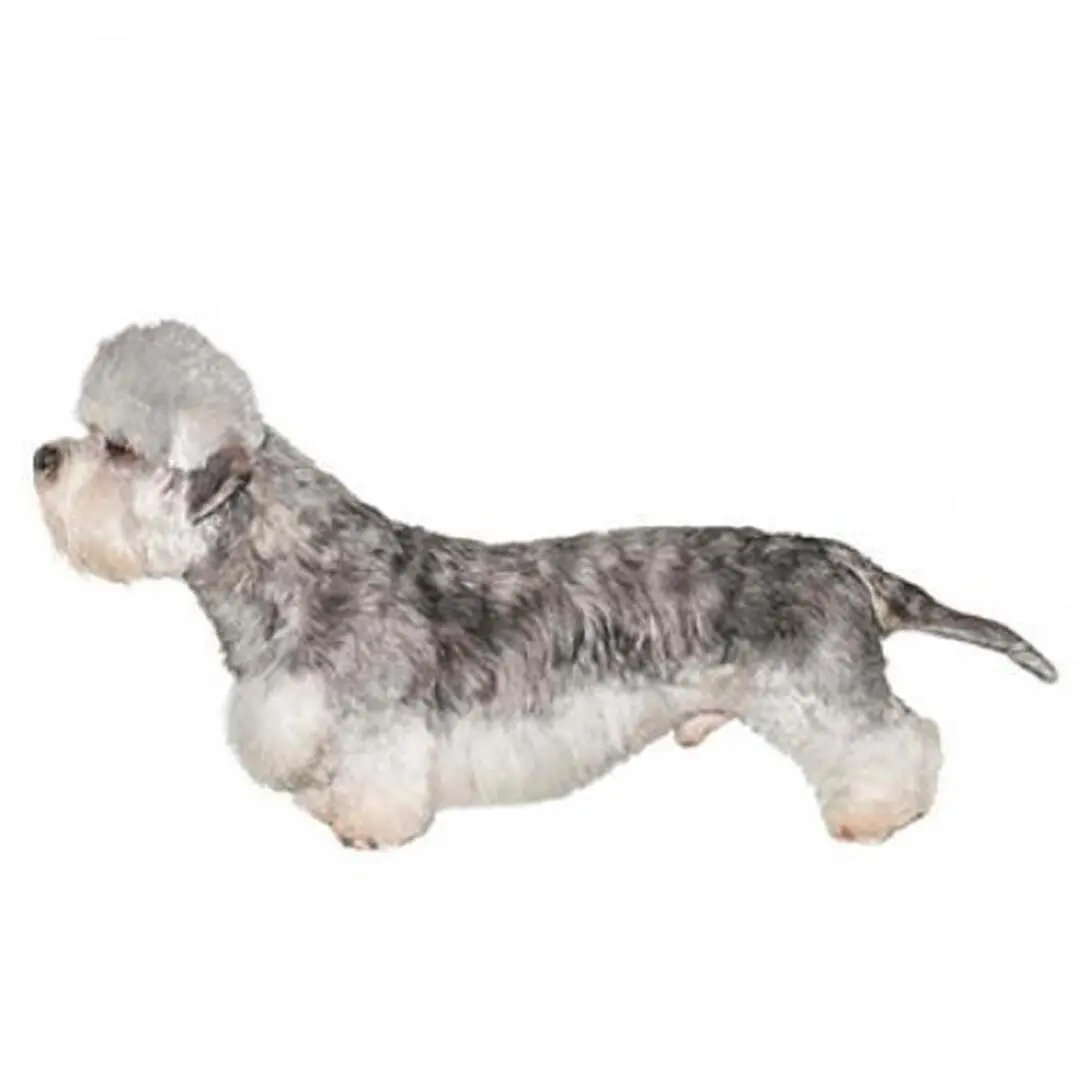
Dandie Dinmont Terrier
Dandie Dinmont Terriers are small dogs with soft, silky coats. They are very active and curious.
Extended Description
The Dandie Dinmont Terrier is a small, distinctive breed with a long body, short legs, and a unique "top-knot" of soft hair on its head. Originally bred in the border regions between England and Scotland to hunt otters and badgers, Dandies are tenacious, brave, and full of character. They are known for their friendly and affectionate nature, making them excellent companions. Dandie Dinmont Terriers are intelligent and curious, always eager to explore their surroundings, yet they are also content to curl up and relax with their family.
Interesting Facts
The Dandie Dinmont Terrier is the only breed named after a fictional character, Dandie Dinmont, from Sir Walter Scott's novel "Guy Mannering."
Care Recommendations
Dandie Dinmont Terriers require regular exercise to keep them healthy and prevent boredom. Their unique coat needs regular grooming, including brushing and occasional trimming, to keep it in good condition. Training should be consistent and gentle, as Dandies can be independent-minded. Early socialization is important to ensure they get along well with other dogs and people. Regular veterinary check-ups are essential to monitor their health, particularly for back problems due to their elongated body structure.
Temperament
Dandies are friendly, curious, and intelligent. They are known for their affectionate nature and strong-willed personality.
Health Issues
They can be prone to back problems, glaucoma, and hypothyroidism. Regular vet visits are crucial to monitor their health.
Living Conditions
Dandie Dinmont Terriers adapt well to both apartment living and homes with yards, as long as they get enough exercise.
Training Tips
They respond well to positive reinforcement but require consistent training due to their independent nature.
Exercise Needs
Dandies require regular exercise, including daily walks and playtime. They enjoy activities that engage their natural instincts, such as exploring and digging.
Return to Other Breeds



